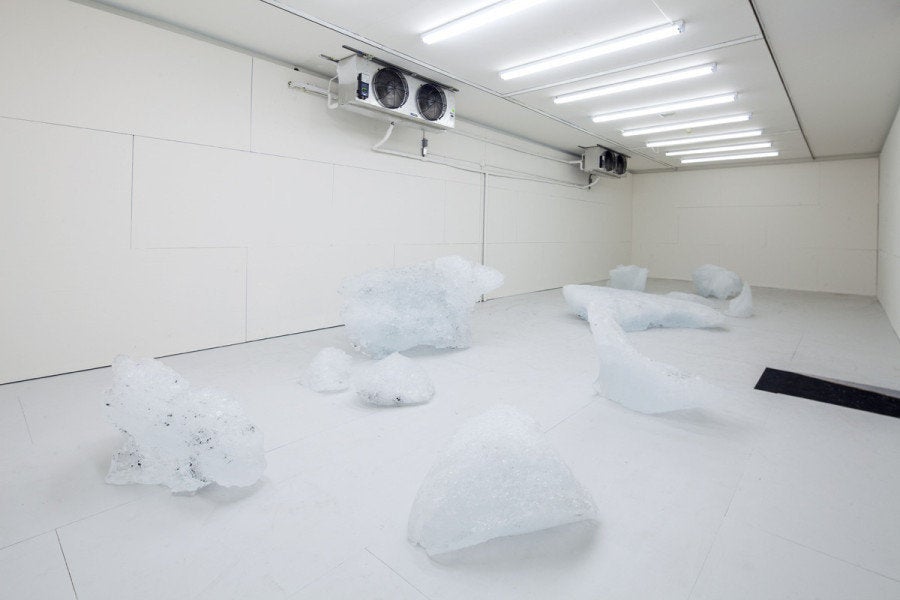As you sit before your laptop, cell phone or other screen of choice, ponder this: Somewhere, in an abandoned Spanish village populated by eco-conscious folks who have dispensed with their former lives, you have to hike for 30 minutes to get cell phone service. Uphill. If you want to update your Twitter or Facebook, you'll have to use the mutual village accounts, which are normally used to update non-villagers on sustainable practices and communal lifestyle. Not many #selfies.
This not quite mythical land, known as Matavenero, is one of hundreds of former ghost towns sprinkled throughout Europe, revamped as eco-friendly meccas with no use for outlets whatsoever. When photographer Kevin Faingnaert heard word of this fairytale land, he was engrossed.
"When I read about Matavenero and their independent lifestyle, I was hooked immediately," Faingnaert explained to The Huffington Post. "They turn away from the way of modern life, based on efficiency and consumption, to live according to their beliefs. They built their own village in the middle of nowhere and are dependent only [on] their own gardens. I was extremely curious to see how they live, who they are, what they do and why they abandoned their old lives."
Over time, Faingaert uncovered the reasons so many people said goodbye to the modern world. "Jürn, a grizzled 56-year-old German, wanted to live closer to the land," Laura Mallonee explained in a piece for Wired. "Dani, a 28-year-old illustrator, sought a peaceful place in which to practice his art. Some moved to the village to escape personal problems. Others, like 26-year-old Leoni, were born there."
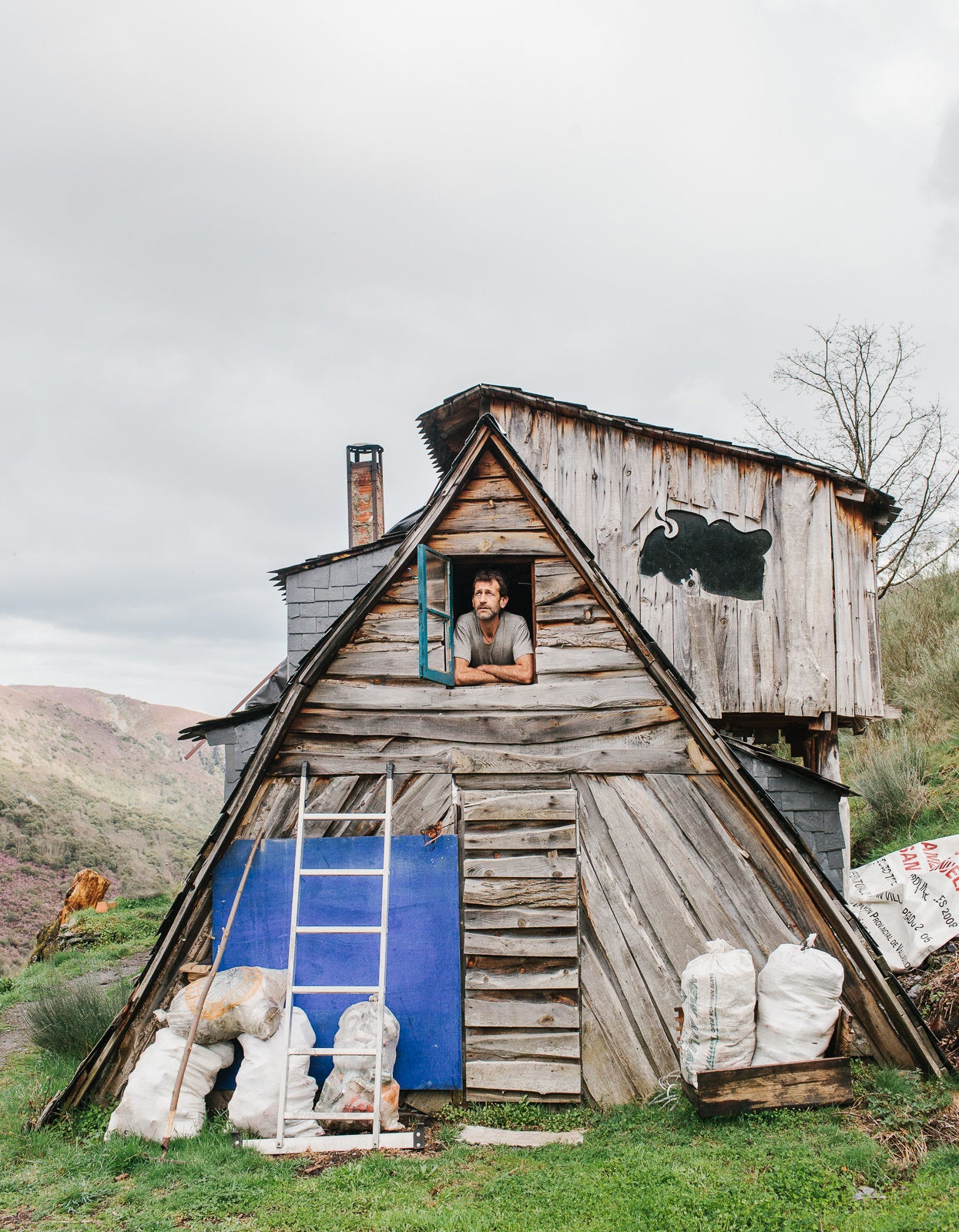
Once settled by miners, the Northern Spanish village was empty for nearly 20 years following a devastating forest fire in 1960. In 1989, a group of Germans reinvigorated the space, erecting tents and teepees as living spaces and digging a canal to usher in water.
"Motivated by the energy of the Rainbow movement, among the ruins of an abandoned village, the first settlers sowed the seeds of a dream of community," reads the Matavenero website. "Much has changed in the town since that September in 1989 when the inhabitants were preparing to survive the harsh winter."
The vibes were very back-to-nature, doing away with modern conveniences in exchange for a communal lifestyle that looks straight out of a fairytale. Now around 60 people, most from different European origins, call Matavenero home.
With his Canon 5D Mark II in hand, Faingneart set out to experience the life of a true Matavenerian -- at least for a short while. "The first week I felt very uncomfortable," he explained. "I had to adapt to their lifestyle. But most people are very open. When I arrived, I was immediately invited to enter one of their houses and I got served with a fresh cup of tea and chestnuts. Everybody’s welcome to visit the village for a couple of days, as long as you respect their vision and help out with communal tasks."
Faingneart worked on the land, mopped the village bar, dug a new canal, fed the donkeys, cleaned and organized the community library. Eventually, he earned the trust of the ecovillage enough to photograph some of its inhabitants with their blessing. "Bringing Belgian chocolates along also helped a lot," he noted.
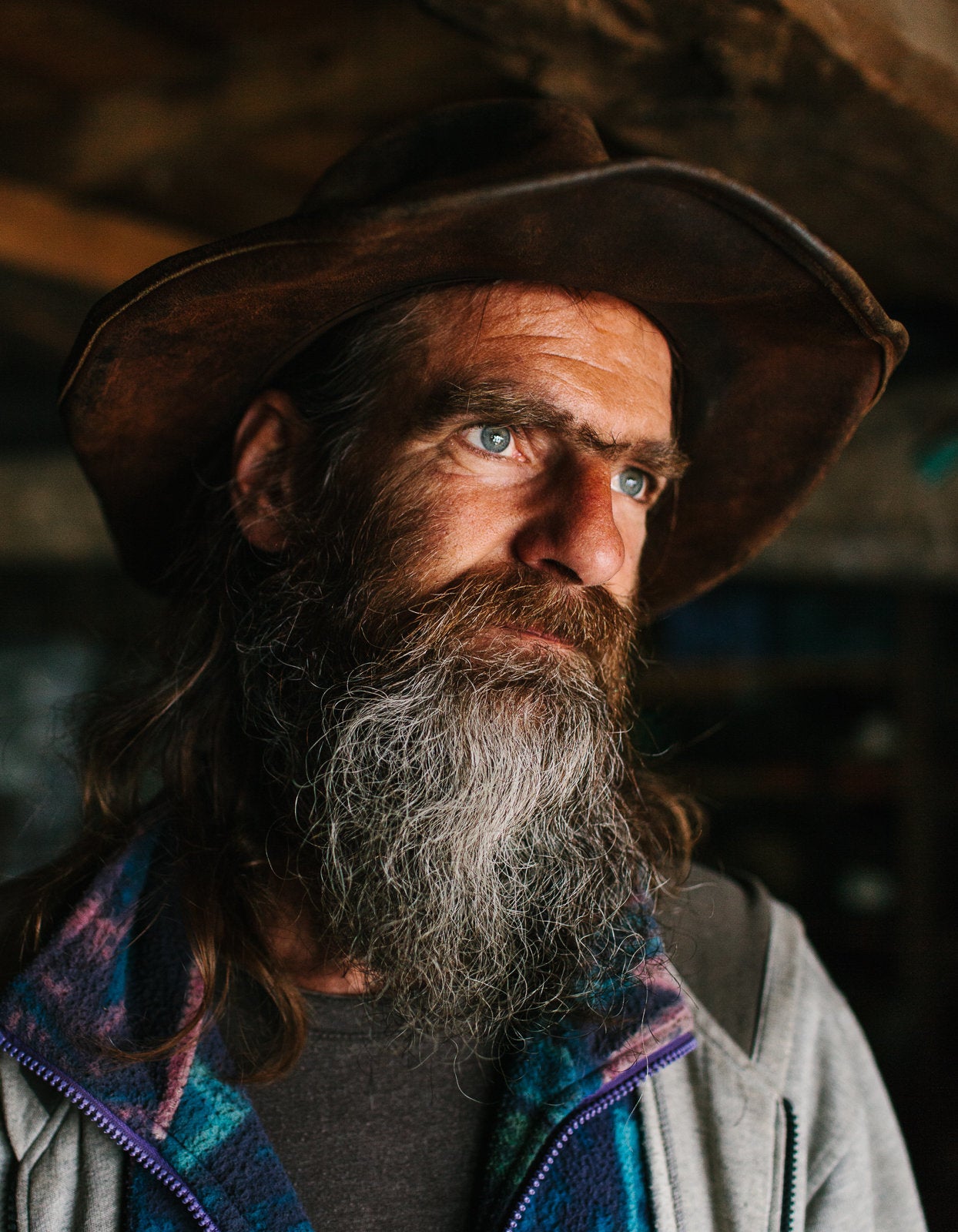
"Most people in Matavenero don’t like the idea of being photographed. After I got to know almost everyone, I knew which people I could. While some of the villagers like to share their vision with the world, and like to cooperate on projects like mine, most of them rather want to stay isolated."
The photographs Faingneart did capture tell a story of idealism, community and radical vision. The inhabitants of Matavenero sleep in teepees and "fairy" cabins, meet weekly in a yellow geodesic dome that serves as town hall. They sing around a campfire and relax in a communal sauna and swimming hole. They fully embrace their environmental aspirations, giving themselves fully to the utopian vision they've envisioned.
"It is a kind of homage to people who are willing to transform their ideals into deeds and hard work," Faingneart said of his project. "I can not feel anything but admiration for their persistence. There is a shared vision to live as ecological as possible. Everything brought in must be carried by donkey, horse, wheelbarrow, or on your back on a three-hour trek. The only electricity is from renewable sources. All waste must be recycled or carried away back uphill. The same plastic bags appear over and over again. Very little money is used, but the same coins go round and round."
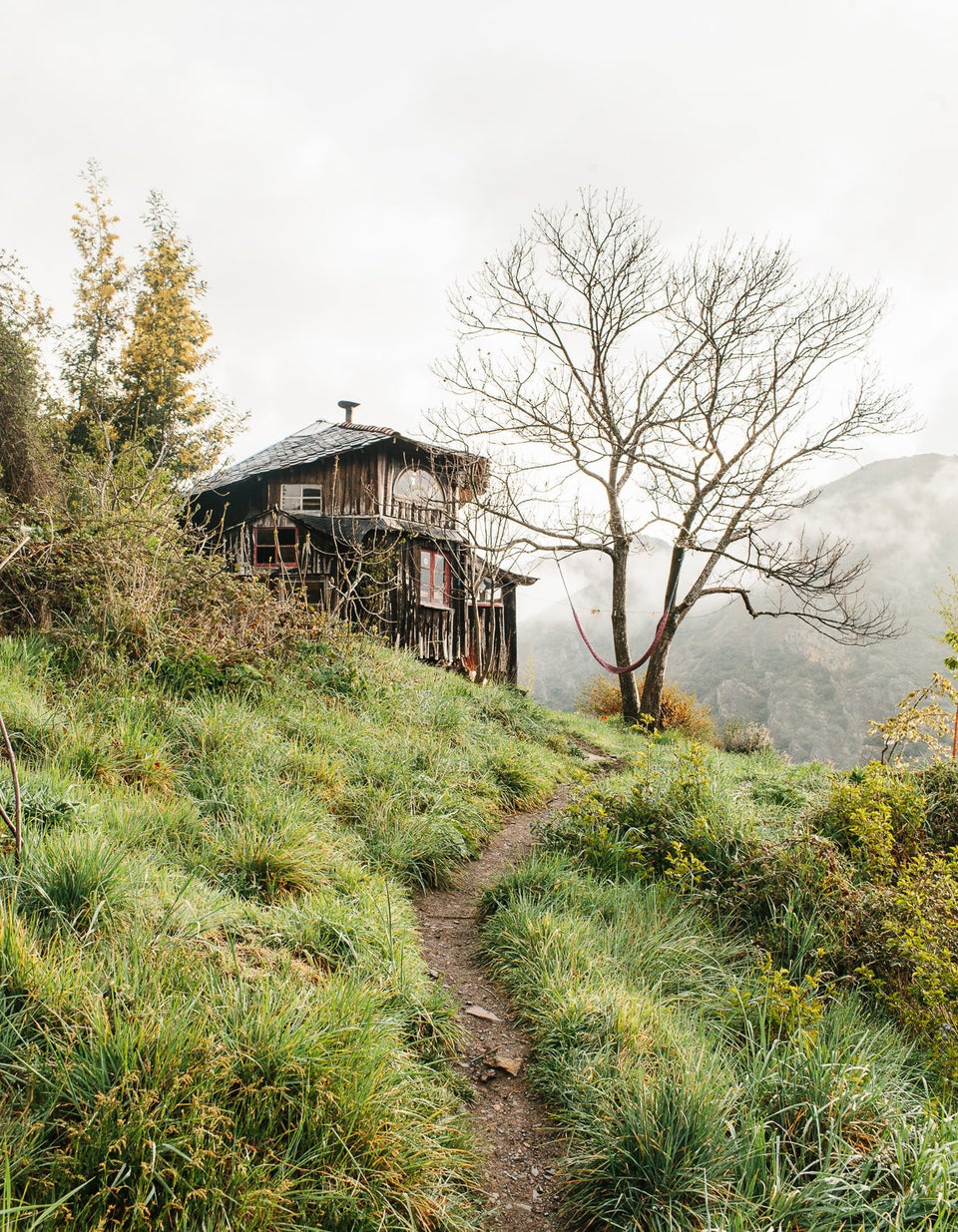
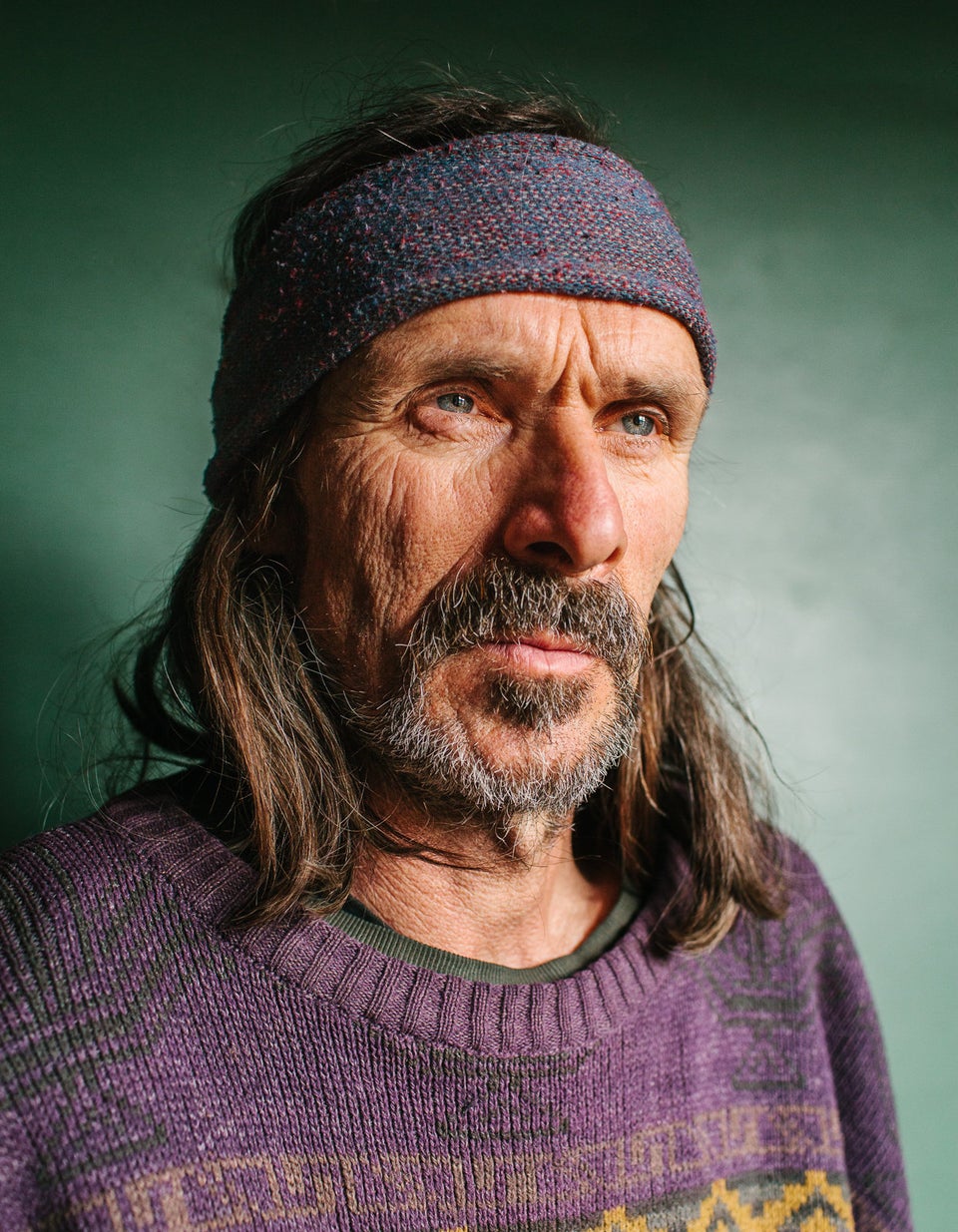
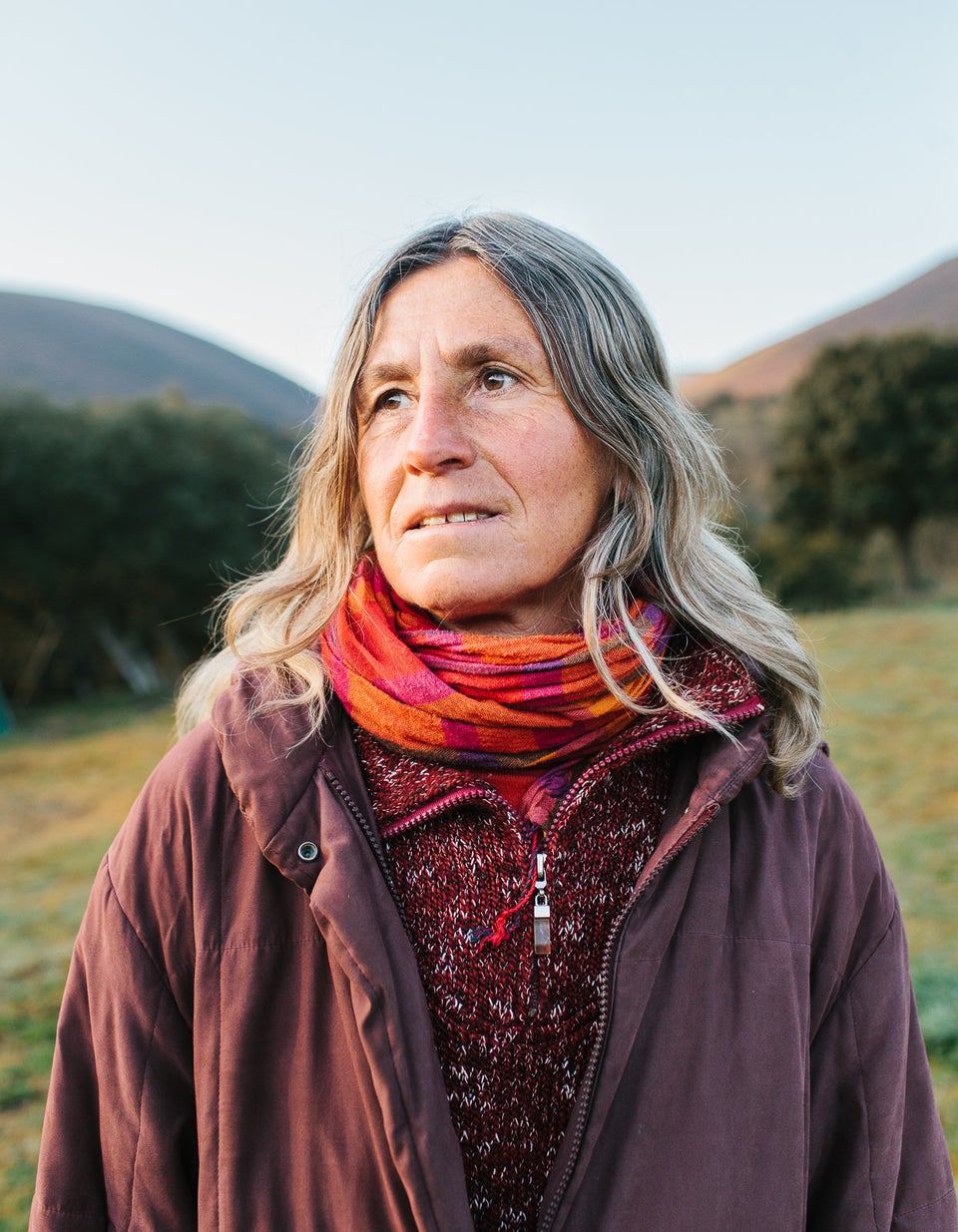
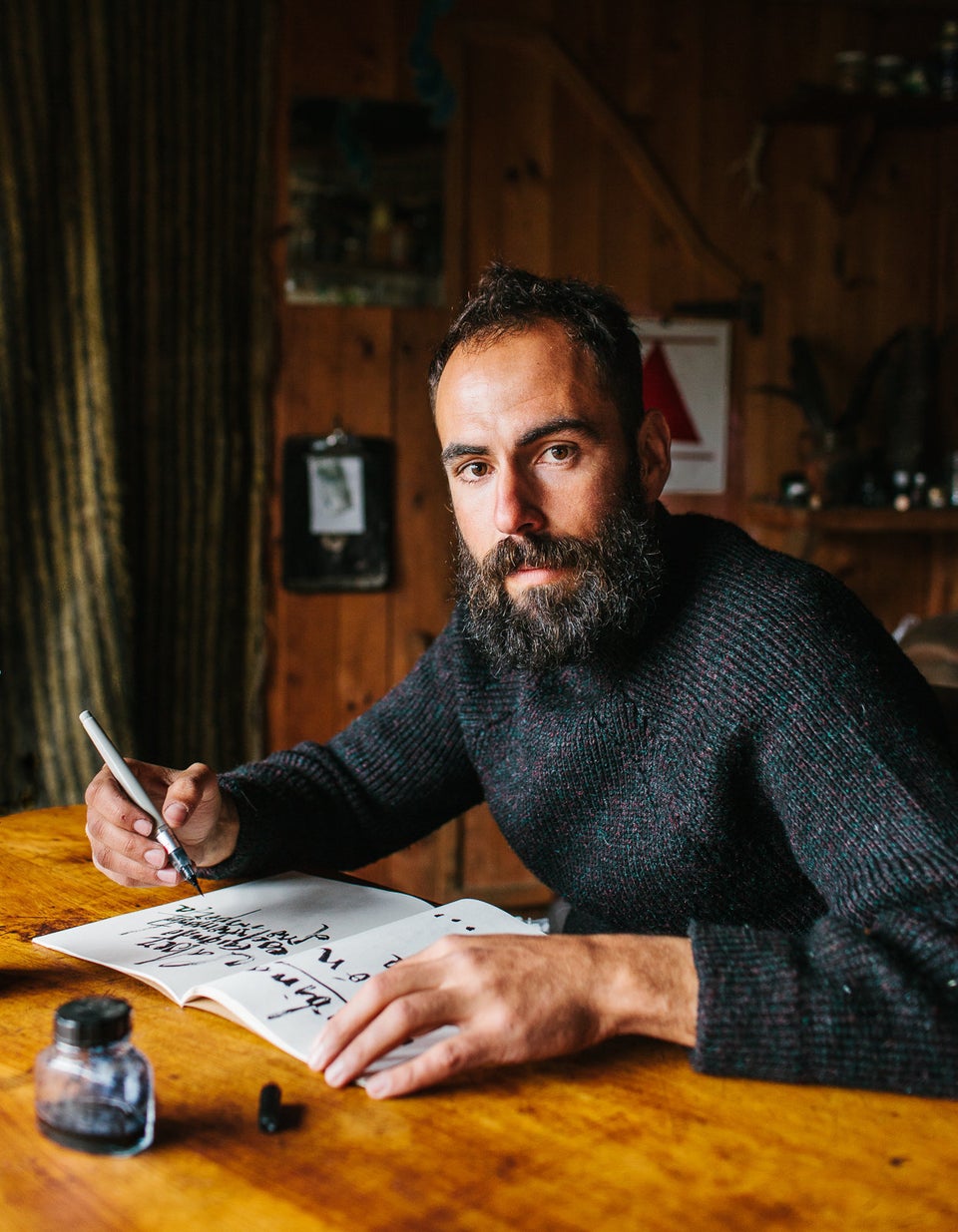
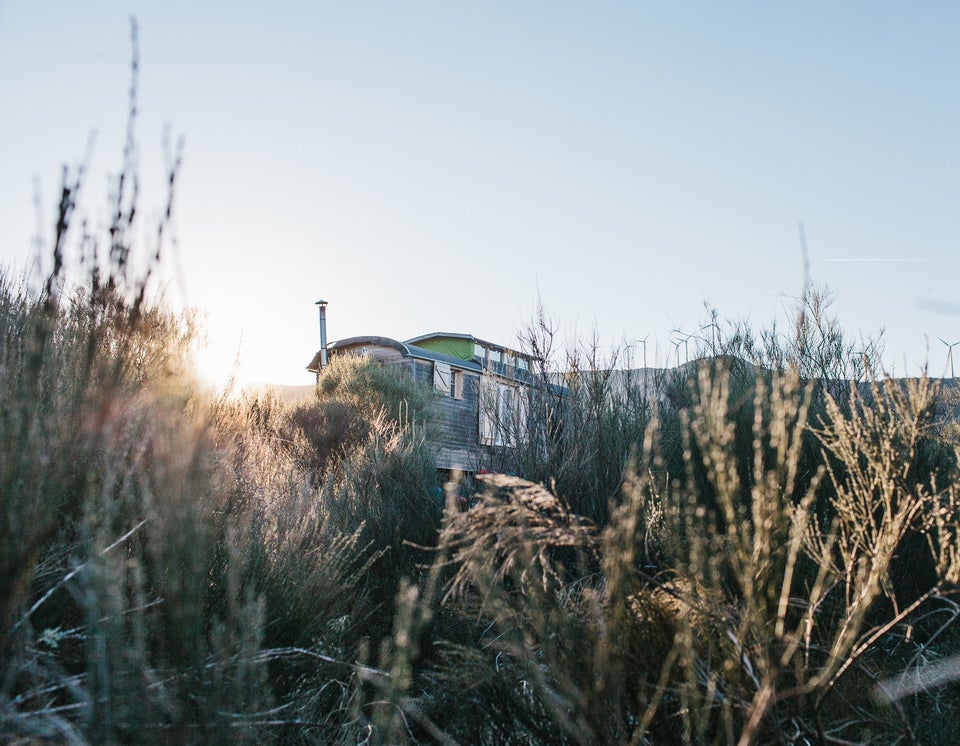
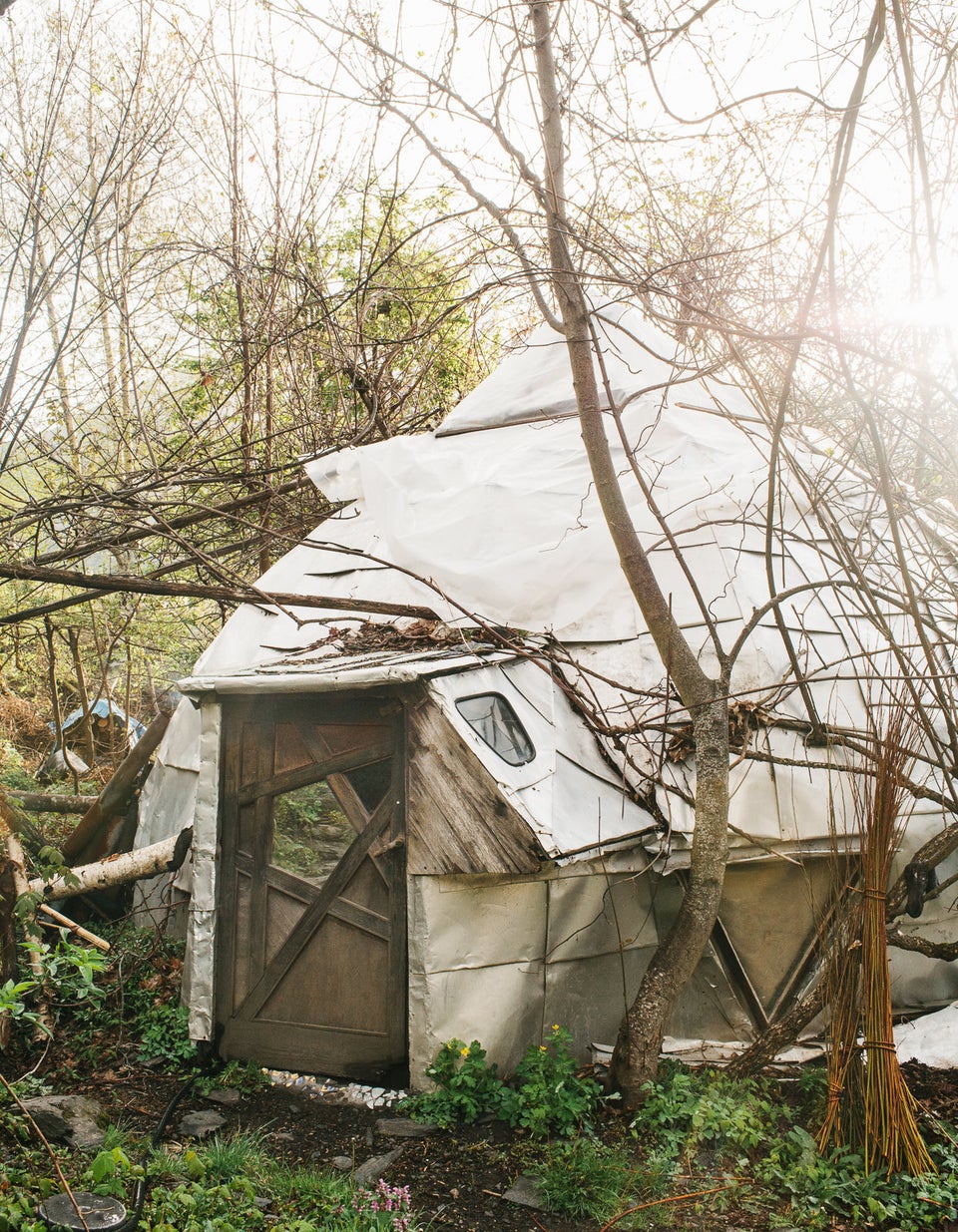
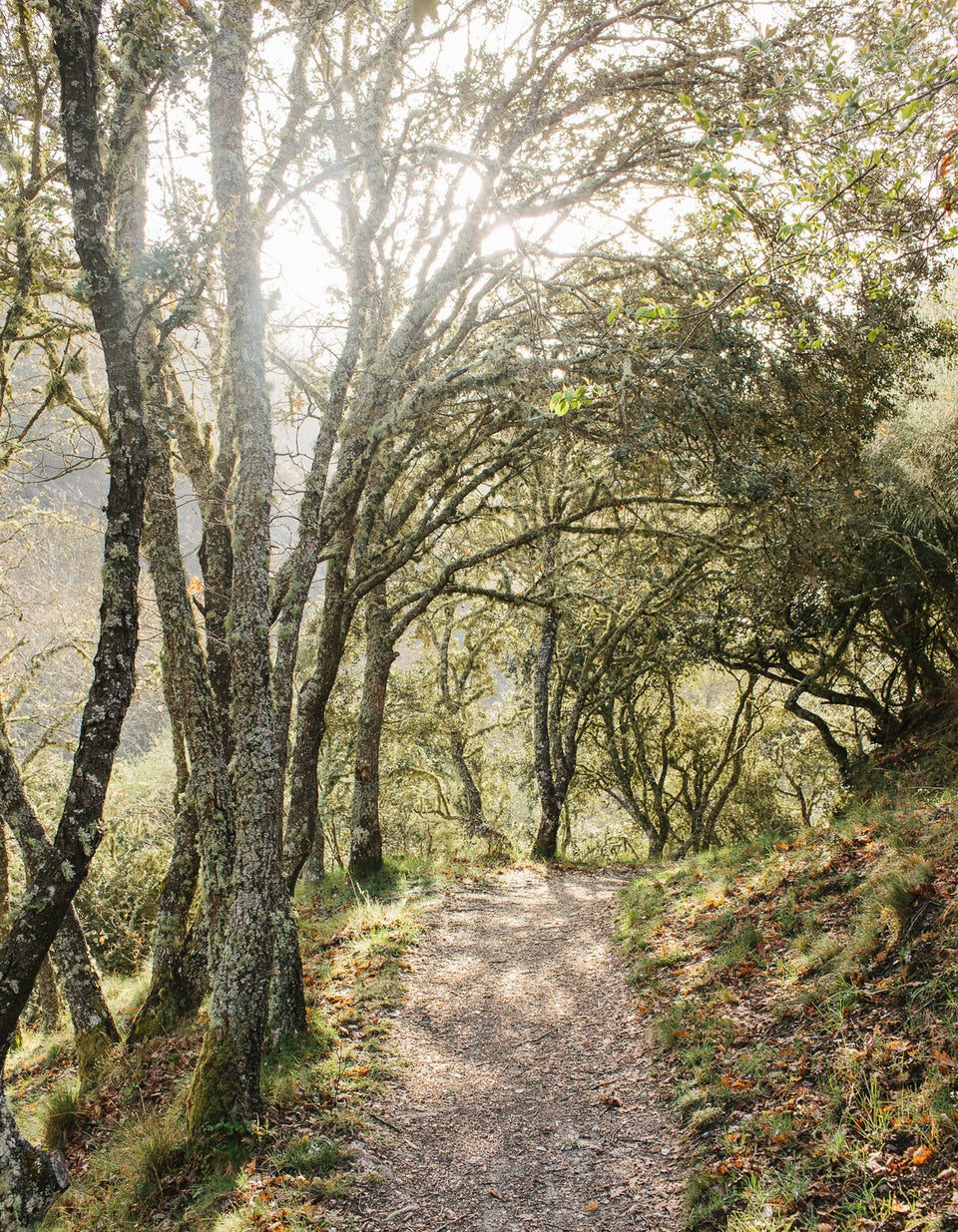
Also on HuffPost:

